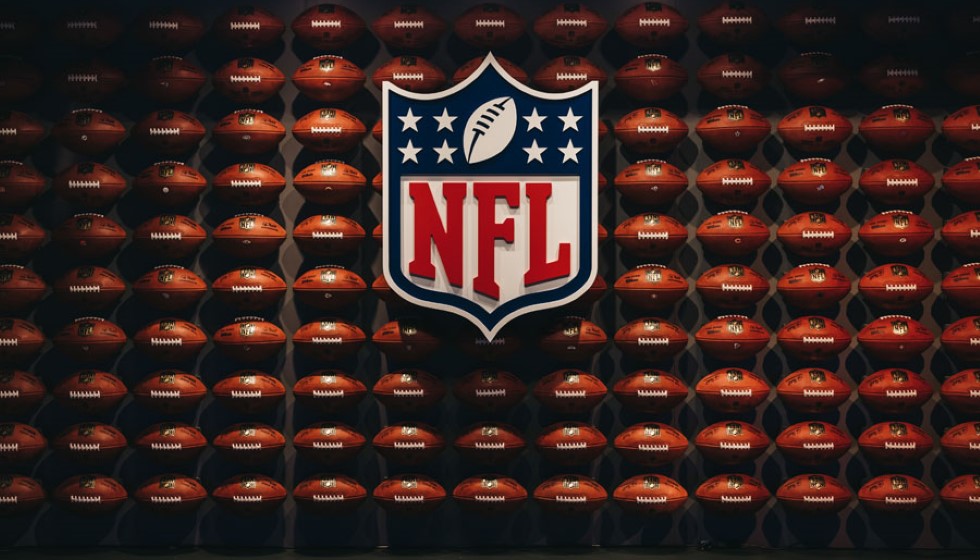
The intricate dance of assembling an NFL team under the constraints of a salary cap is a task that teams grapple with annually. This year, that dance was conducted under a virtual cap of $262.7 million, slightly above the NFL's actual cap of $255.4 million for the 2024 season. Such financial maneuvering is necessary to get the most out of a lineup while ensuring that player talent and economic feasibility align.
Financial Constraints and Team Strategies
Leading the pack with the highest adjusted salary cap are the San Francisco 49ers, boasting a cap of nearly $297.36 million. This figure starkly contrasts with the Kansas City Chiefs, who find themselves navigating the league’s lowest cap of $253.064 million. Despite these discrepancies, the overarching goal remains strategic allocation of funds across offense and defense, with this particular roster investing 50.69% in offense and 42.95% in defense.
Within this framework, the role of the draft becomes pivotal. Recent drafts have infused fresh talent, incorporating players from each round of the 2024 draft. This cascading effect sees a decrement in numbers from previous drafts, specifically from 2021 to 2023, as teams continually refresh and recalibrate their rosters.
Star Players and Rising Talent
The spotlight often shines on quarterbacks, and in this scenario, Lamar Jackson takes center stage with a cap number of $32.4 million. His presence promises agility and leadership, pivotal for any competitive team. Meanwhile, Saquon Barkley, with a notably modest cap hit of $3.8 million, provides a reliable offensive option, flanked by wide receivers A.J. Brown, Justin Jefferson, and Amon-Ra St. Brown, each bringing unique strengths and explosive potential.
The offensive line, vital for fortifying the attack and protecting the quarterback, includes the likes of Jordan Mailata, Tyler Smith, Creed Humphrey, Chris Lindstrom, and Lane Johnson. Lindstrom, particularly, catches attention. A celebrated guard, his five-year, $102.5 million contract marks him as the NFL’s first $20 million-per-year guard. As one analyst aptly summarizes, “He’s been worth the investment.”
Defensive Backbone
On defense, stalwarts such as Trey Hendrickson, Cameron Heyward, Chris Jones, and Myles Garrett form a formidable defensive line. Behind them, the linebacker duo of Bobby Wagner and Zack Baun fortifies the mid-line defense. Paramount to the team's secondary, cornerbacks and safeties like Denzel Ward, Patrick Surtain II, and Christian Gonzalez ensure a robust defense.
Veteran Lane Johnson, now in his 12th NFL season at 34 years old, exemplifies the blend of experience and skill necessary for enduring careers in this physically demanding sport. His contributions, akin to an anchor, provide a mix of strategy and stability to the offensive line.
Balancing Draft Picks and Experience
The incorporation of recent draft picks into this team's strategy emphasizes a youth movement integrated with seasoned veterans. Each year's draft layers fresh talent, decreasing logically from 2021 to 2023, allowing teams to blend youthful vigor with the reliability of experienced players.
This balance is mirrored in how the team’s roster is structured, with wide representation from key players hailing from multiple teams. Notably, the Eagles and Chargers each contribute six players to this highly strategic assembly, underscoring their depth and player development efficiencies.
One particularly encouraging sign for this season is the emergence of young talents like Smith. “Smith has emerged as one of the game's best young offensive guards,” one expert highlights, underscoring the successful infusion of new talent into the league.
In all, the complexity of assembling a 53-man roster every season lies as much in managing financial realities as it does in choosing the right balance of talent and experience. With calculated investments, such as those in Chris Lindstrom, and the nurturing of recent draft talent, teams continue to refine their strategies, hoping to translate roster potential into on-field success.